Headaches can be more complicated than most people realize. Different kinds can have their own set of symptoms, happen for unique reasons, and need different treatments.
Common Types of Headaches
Following are the types of headaches:
Tension Headaches
Tension headaches are the most common type of headache among adults and teens. They cause mild to moderate pain and come and go over time. They usually have no other symptoms.
Migraine Headaches
Migraine headaches are often described as pounding, throbbing pain. They can last from 4 hours to 3 days and usually happen one to four times a month. Along with the pain, people have other symptoms, such as sensitivity to light, noise, or smells; nausea or vomiting; loss of appetite; and upset stomach or belly pain. When a child has a migraine, they may look pale, feel dizzy, and have blurry vision, fever, and an upset stomach. A small number of children's migraines include digestive symptoms, like vomiting, that happen about once a month.
Cluster Headaches
These headaches are the most severe. You could have intense burning or piercing pain behind or around one eye. It can be throbbing or constant. The pain can be so bad that most people with cluster headaches can’t sit still and will often pace during an attack. On the side of the pain, the eyelid droops, the eye reddens, the pupil gets smaller, or the eye makes tears. The nostril on that side runs or stuffs up.
They’re called cluster headaches because they tend to happen in groups. You might get them one to three times per day during a cluster period, which may last 2 weeks to 3 months. Each headache attack lasts 15 minutes to 3 hours. They can wake you up from sleep. The headaches may disappear completely (your doctor will call this remission) for months or years, only to come back later. Men are three to four times more likely to get them than women.
Chronic Daily Headaches
You have this type of headache 15 days or more a month for longer than 3 months. Some are short. Others last more than 4 hours. It’s usually one of the four types of primary headache:
- Chronic migraine
- Chronic tension headache
- New daily persistent headache
- Hemicrania continua
Sinus Headaches
With sinus headaches, you feel a deep and constant pain in your cheekbones, forehead, or on the bridge of your nose. They happen when cavities in your head, called sinuses, get inflamed. The pain usually comes along with other sinus symptoms, like a runny nose, fullness in the ears, fever, and a swollen face. A true sinus headache results from a sinus infection so the gunk that comes out of your nose will be yellow or green, unlike the clear discharge in cluster or migraine headaches.
Posttraumatic Headaches
Posttraumatic stress headaches usually start 2-3 days after a head injury. You’ll feel:
- A dull ache that gets worse from time to time
- Vertigo
- Lightheadedness
- Trouble concentrating
- Memory problems
- Tiring quickly
- Irritability
Headaches may last for a few months. But if it doesn’t get better within a couple of weeks, call your doctor. And now it is easy to get an appointment with doctors via Quickobook sitting at your house.
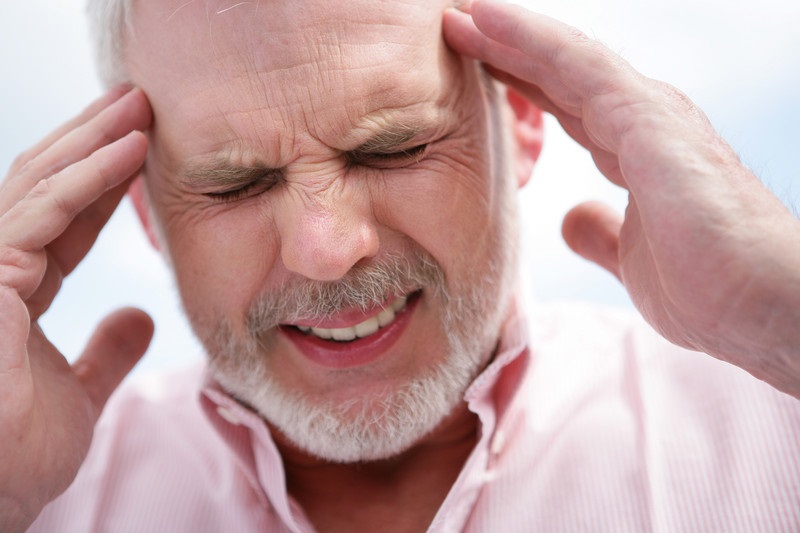

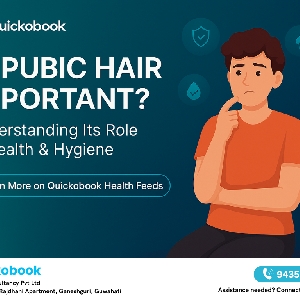
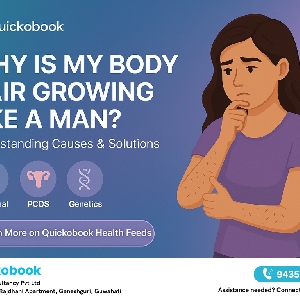
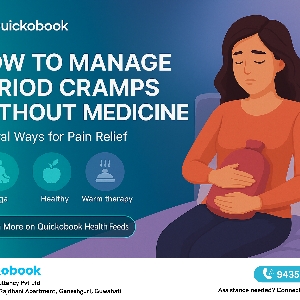
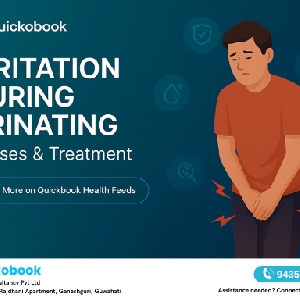
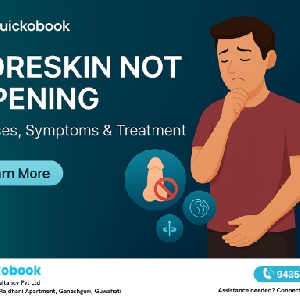


Comments (0)
No comments yet. Be the first to share your thoughts!
Leave a Comment